“A man got to do what a man got to do,” says ex-preacher Jim Casey in John Steinbeck’s magisterial 1939 novel The Grapes of Wrath. Through the Christ-like Casey — his initials are J.C. — Steinbeck lays out a problematic code of conduct. Misattributed to John Wayne, for decades an icon of white masculinity, the quote has percolated through society, entwined with identity, morality and the threat of violence. In the popular imagination, this line, or something like it, is uttered by the hero before he takes on a roomful of bad guys.
In the video for his winding, seductive and taut single “I’m a Man,” directed by his friend Josh Rob Thomas, Donnie Doolittle delves into the code exemplified by the quote, and concludes that it’s pretty fucked up.
;“That’s me flipping the table,” Doolittle says. “I’m playing with masculinity.”
The 35-year-old singer-songwriter and video maker says that he nerds out over movies. Although he eschews granting himself a title like producer, he’s involved in every aspect of his compelling visuals, making sure the final product entwines seamlessly with the emotion-driven storytelling that drives his dark and seductive songs.
In the video, which dropped in May in advance of his debut solo album, a blanket slides off Doolittle as he rises from a metal-framed bed, incongruously placed onstage at The Milestone Club. From the very first shot, the video proceeds with dream logic to detail a regimen imposed from without but accepted and subsumed within. In a resonating sepulchral baritone, Doolittle unleashes the male subconscious, pulling us down a rabbit hole of psychosexual obsession entwined with a man’s identity as a musician and performer.
“Dancing boots at the break of dawn/Romancing youth before it’s gone/ I’ve held my breath for far too long/ There’s nothing like the threat of death to turn me on/ My Blood’s gone cold but it still runs thick/ The heat’s right here, I keep it on my hip…”
There’s no room for the hazy, fog-shrouded atmosphere that signals the safe remove of fantasy. Here, details and vignettes are amplified by the clear razor-sharp imagery that haunts our dreams and burns into our memory.
We see Doolittle perform repetitive, hyper masculine mechanistic actions — boxing, weightlifting and welding — all in preparation for the moment he steps onstage before a crowd. Doolittle steps outside the club for a moment to smoke a cigarette in the coal black night. Yet there’s no catharsis in performing. The unbearable tension continues unbroken through soaring choruses and ruminative verses. Once the show is over, he returns to his bed as the blankets close over his head.
“Our idea with the ‘I’m a Man’ video, beyond toying with ‘manliness,’ was to give a full ‘day in the life’ with the implication that the day was on a loop,” Doolittle says. “In this universe, my entire day takes place in the venue.”
Doolittle remembers going to secondhand stores to find just the right bed for the video.
“The bed made the stage my bedroom,” bhe says. “It was a striking, practical and somewhat silly visual.”
The fact that the music, lyrics and images dovetail to weave a haunting synergistic spell is by design, Doolittle says. He and his band deliver his pulsing music, imbued with the dark edge of Americana murder ballads, buffeted by surging symphonic goth rock keyboards, to Snug Harbor on Nov. 11.
“My [musical] favorites are Nick Cave and Leonard Cohen,” Doolittle offers. “I latched on to the story, the narrative aspect of the music.”
In his own music, Doolittle doesn’t confine his storytelling to just lyrics.
“There’s an arc and a plot to the actual soundtrack that I’m making, too,” he says. “I’m a sucker for a good story, which is why I’m almost equally into film as much as I am into music.”
From Stone Figs to Dreamy D
Donnie Doolittle has been writing songs for as long as he can remember. He took piano lessons, and he recalls sitting down at the instrument and writing the sheet music for a tune called “Lost in New York,” inspired by the movie Home Alone 2: Lost in New York, which had just come out.
“As a kid, I was all over the place between visual arts and music,” Doolittle says. “I ended up shifting more towards music. Now I’m getting more and more serious about making videos.”
When Doolittle was 8, his family moved from Virginia to Charlotte. He then picked up guitar in middle school.
Despite his early experience with music and songwriting, Doolittle played by himself and did not join a band until he was 18; the group Stone Figs was a duo comprised of Doolittle and Dustin Payseur.
“It was like party music,” he says with a laugh. “I hope no songs [from the band] exist on the internet.”
Stone Figs fizzled when Payseur decamped to New York, a move Doolittle was not yet ready to make. A stint playing with psychedelic rock band Little Bull Lee followed.
In 2012, Doolittle broke his hand in a motorcycle accident. With his hand in a cast, he couldn’t play guitar, and even when the cast came off, he couldn’t bend his wrist enough to form chords. So, he moved over to keyboards, starting with his roommate’s microKORG synthesizer.
The synth changed Little Bull Lee’s sound, but more importantly, the swirling keys set the stage for Doolittle’s current symphonic sweep.
In 2013, Donnie Doolittle formed Dreamy D.
As he recalls, the band’s songwriting process consisted of him presenting demos to the band members, who would then add their input to the music.
The band was looking for a drummer, and through his friend, composer and lyricist Christian Spence, Doolittle met and recruited Josh Rob Thomas. Over the subsequent years, Doolittle and Thomas kept in touch. Thomas, who has directed some of the most striking videos for Charlotte acts seen in recent years — including two for Doolittle — would come to play an important part in the creation of Doolittle’s current solo project.
After gigging in Charlotte a few years with Dreamy D, Donnie Doolittle hit the road, living briefly in Portland, Oregon, the San Francisco Bay area and Northern California. While on tour selling merch for a friend’s band, he met Polly Taber in Portland. They pair hit it off and subsequently married in 2019.
In 2018, Doolittle moved to New York, and gigged occasionally with a version of Dreamy D featuring a different set of players. He ran into an old roommate from his Charlotte days, Jesse Clasen, who played in Charlotte-based band HRVRD. Clasen had a studio in his apartment, and Doolittle came over to record some demos, including “When a Woman,” another tune that turns the tables on masculinity — in this case long-held sexist convictions.
In New York, Doolittle teamed with Clasen to record demos of the songs that would become the bedrock of his solo project. At the time, however, Doolittle felt the material was too “out of the box,” so he kept Dreamy D alive. He reconnected with Thomas, who directed one video for Dreamy D and edited another.
Today, Doolittle sees his New York tenure as a troubled time. While there were flashes of inspiration with Dreamy D, Doolittle’s muse was muted.
“I feel like I was lazy, depressed, and self-medicating to a point that skewed my judgment and dulled the music’s impact,” he says. “My new stuff is the first project that I’m truly proud of. I’ve fully applied and pushed myself.”
Reconnecting in the Queen City
Returning to Charlotte, Donnie Doolittle got married and started to reconsider some of the material he had recorded with Clasen; it started to grow on him. By this time, Clasen had moved to Los Angeles and installed a home studio.
“I told him, ‘I would like to move forward with this. I’ve got more songs I want to add to ‘When a Woman,’” Doolittle says.
Doolittle flew to California for a week, and lived in Clasen’s studio where they knocked out another four or five songs. Then, the COVID-19 pandemic swept through the country. Like many people, Doolittle approached the ensuing quarantine as a period to reflect on his life and his work.
Around that time, he learned about the death of his best friend, guitarist Noah Warner, to whom he dedicates his upcoming album.
“I took a hard look at my life and decided some things needed to change,” Doolittle says. “I needed to get serious about what I wanted to do in life. I cut alcohol out of my life and started working on music as if it was a job.”
Clasen also moved back to Charlotte and started meeting with Doolittle once or twice a week to add songs to the newly invigorated solo project. Doolittle brought demos to Clasen and together the pair recorded the songs without a band until Doolittle felt like the project was complete.
Doolittle reconnected with Thomas, who had also moved back to Charlotte, and asked him to direct the first video for the project, a song penned over a year before “When a Woman.” He says the tune was inspired by the 1971 cult Australian thriller Wake in Fright.
The film, which follows the plight of a strait-laced school teacher’s descent into drunkenness, madness and degradation, includes a scene where a shady Outback doctor, played by Donald Pleasance, explains his attitude about a seedy affair he’s carrying on with his friend’s adult daughter, who is also seeing other men.
“[Doc] has a brief monologue about how he isn’t jealous. He’s thankful for what he can get,” Doolittle says. “I latched onto that [and] turned it into my own thing.”
In the “When a Woman” video, which dropped in September 2021, director Thomas unleashes the camera to rove restlessly through flash cuts of a Charlotte seldom highlighted, including a garnish strip mall near Central Avenue and Eastway Drive, and brightly colored small brick houses in Grier Heights. Even shots of Snug Harbor seem off kilter and unrecognizable, suggesting the social applecart Doolittle is helping to overturn in this sunny, slightly sinister and funky paean to female sexual liberation.
“Take me when you’re lonely/And take me when you’re bored/ I know I’m not the only/I know that there are more/ What’s wrong with a woman/wants to take a man…”
Doolittle praises the effort and expertise Clasen brings to the table to help him make his music, and he’s equally appreciative of the creativity and sharp eye that Thomas, his crew, and camera operator Hayden Nease bring to crafting the videos.
“It’s magical what Josh can do,” Doolittle says. “I want to surround myself with people that inspire me — people that are more talented than me.”
Doolittle’s self-deprecation might be questioned, but not his devotion to working with talented people. When he decided he wanted a live band to play songs he had created in the studio, he wasted no time in assembling a team.
For keyboards he turned to his wife Polly, who has played keys at Dreamy D shows. He recruited Funeral Chic guitarist Robert Stroud for second guitar. After hearing Donnie Doolittle’s demos, Tim New eagerly joined on bass. On drums, Doolittle counts himself lucky for finding Jonathan Owens.
This core band went on tour in September.
With a slimmed down lineup — Stroud had to dip out temporarily due to family reasons — Doolittle is preparing to take the band out on its second tour in anticipation of a spring release of his as-yet-untitled debut solo album.
In October, Doolittle assembled another group of talented people to shoot a live performance video of the band, but not at a music venue. Instead, the team, led by director Thomas, shot the band playing in the middle of the woods.
The massive technical challenges posed by the project involved getting a generator quiet enough to record the band, setting up stage lights programmed to match the band’s songs, and assembling a remote studio set up to record all the audio.
Doolittle says the shoot yielded three videos for songs that will be in the upcoming album. He also says he has not yet released his favorite songs from the project.
“I’m really pushing myself, and going outside of my comfort zone,” Doolittle says. “I’m really putting my money where my mouth is.”
Doolittle says the most frequent descriptor he hears about his music is “cinematic.” This pleases his inner movie nerd.
“That has a lot to do with thinking about songs as narrative,” he says. “You know that feeling you get when you walk away from a movie that you really loved? That’s what I hope people walk away with.”
Doolittle says he wants his music to be an immersive, emotional experience for whoever hears it, a worthy goal for songs that approximate the shared cultural dreamscapes of films.
“The scariest monsters are the ones that you don’t see,” Doolittle says.
“Some of the best endings are not exactly spelled out for you. That makes films personal for me. I want my music to be the same. I want [my music] to be open to interpretation from all sorts of people, and for it to resonate with them.”


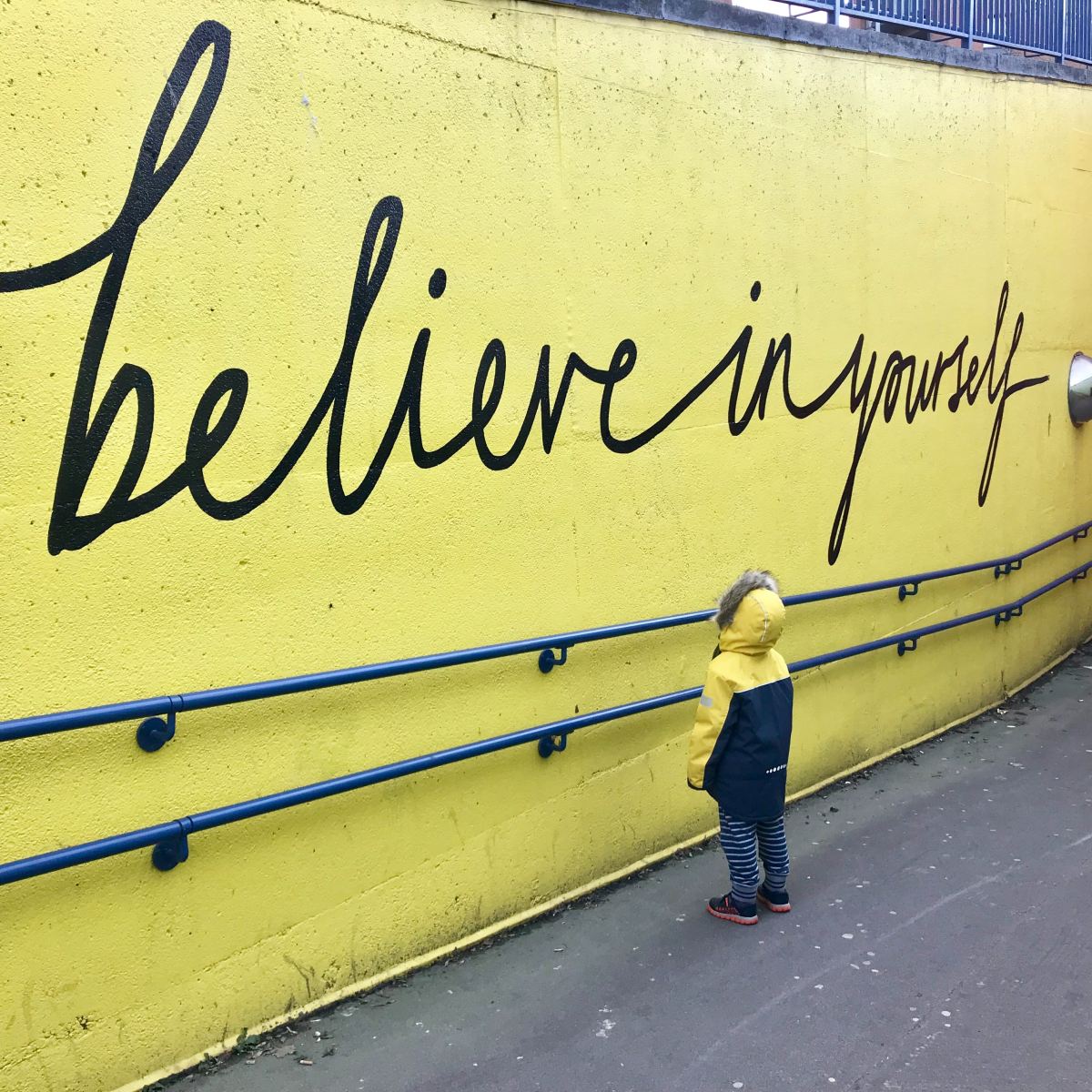

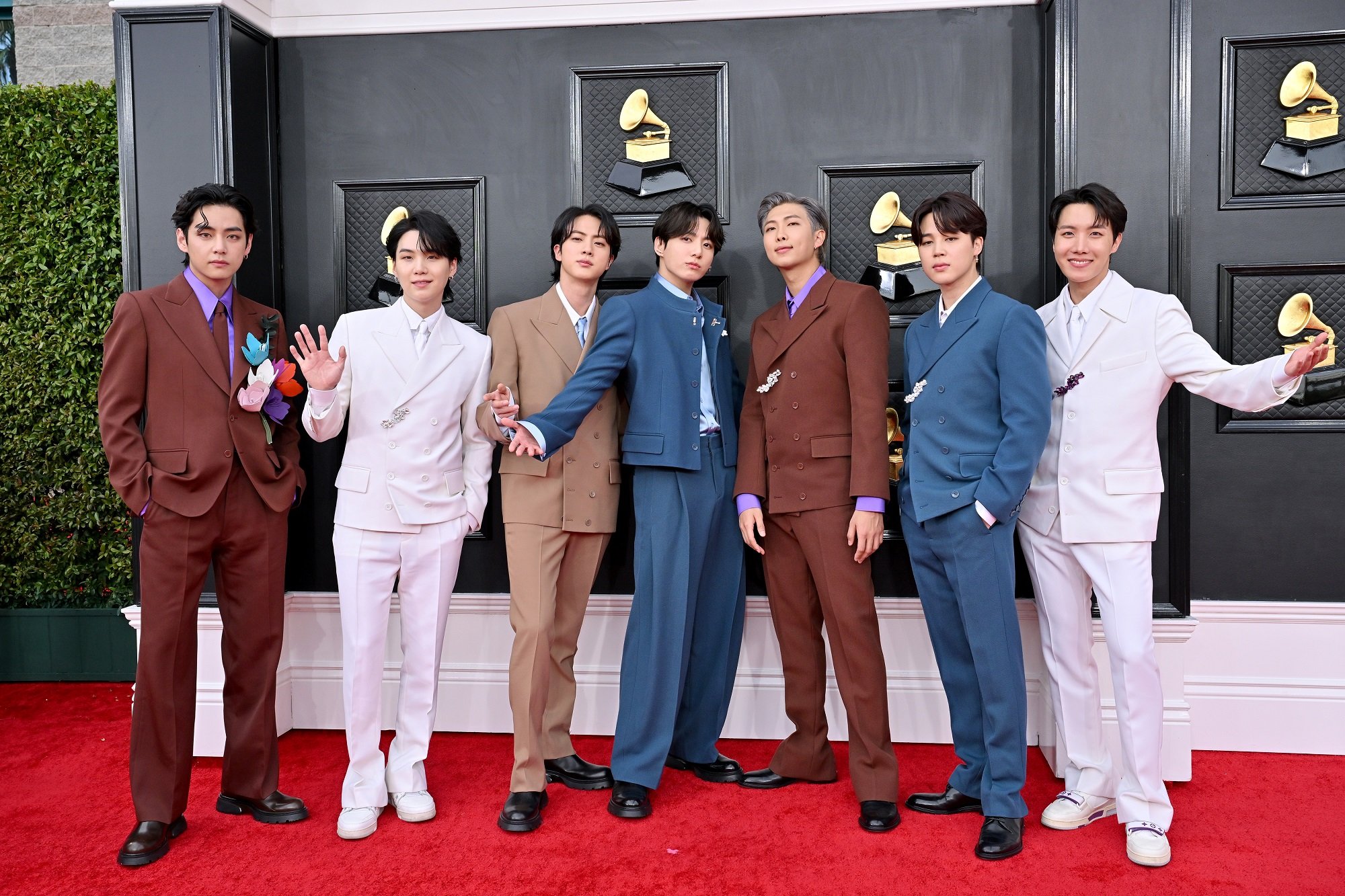
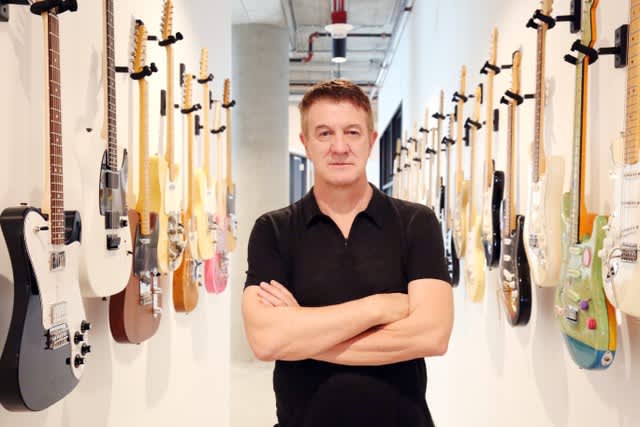
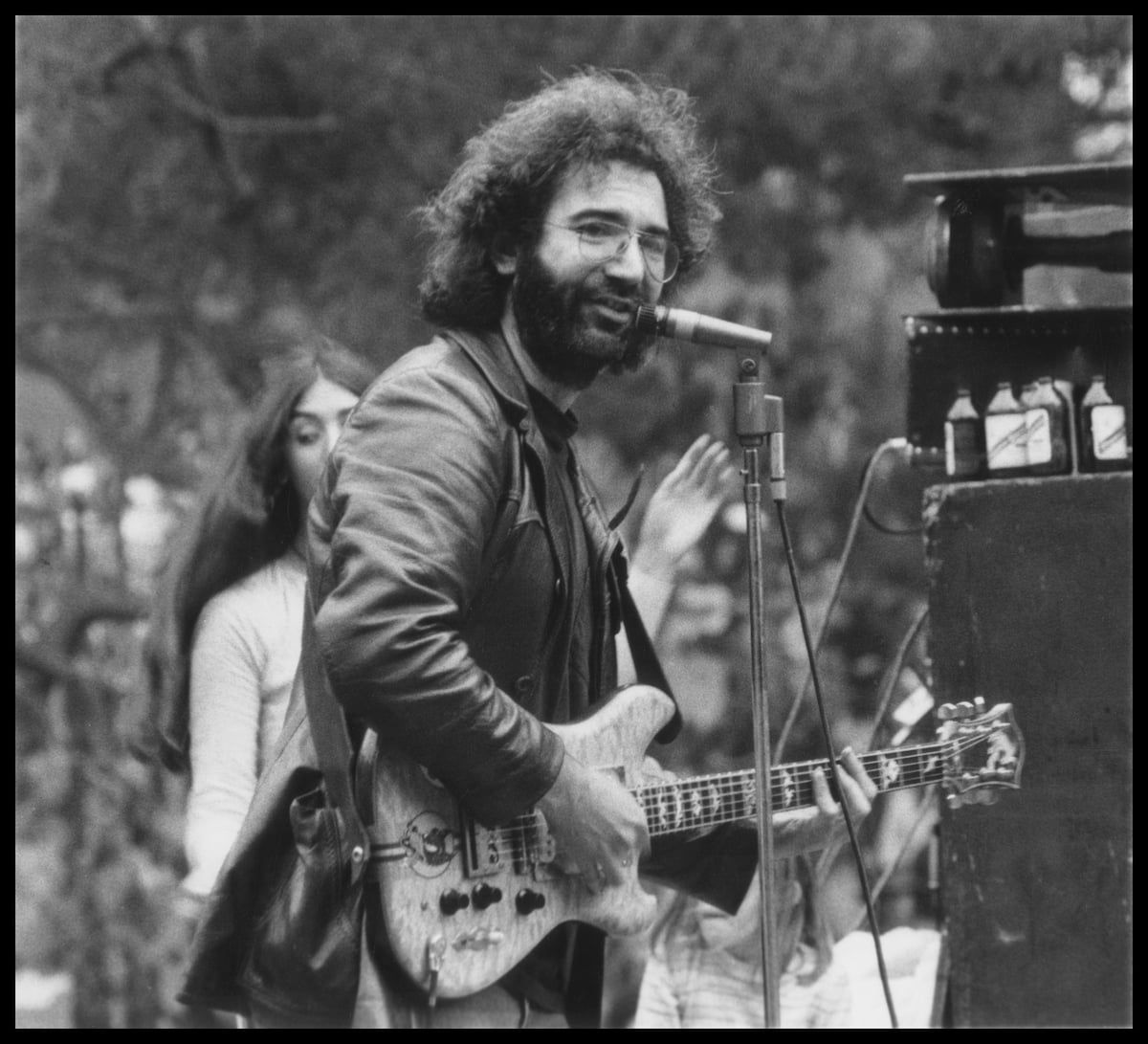
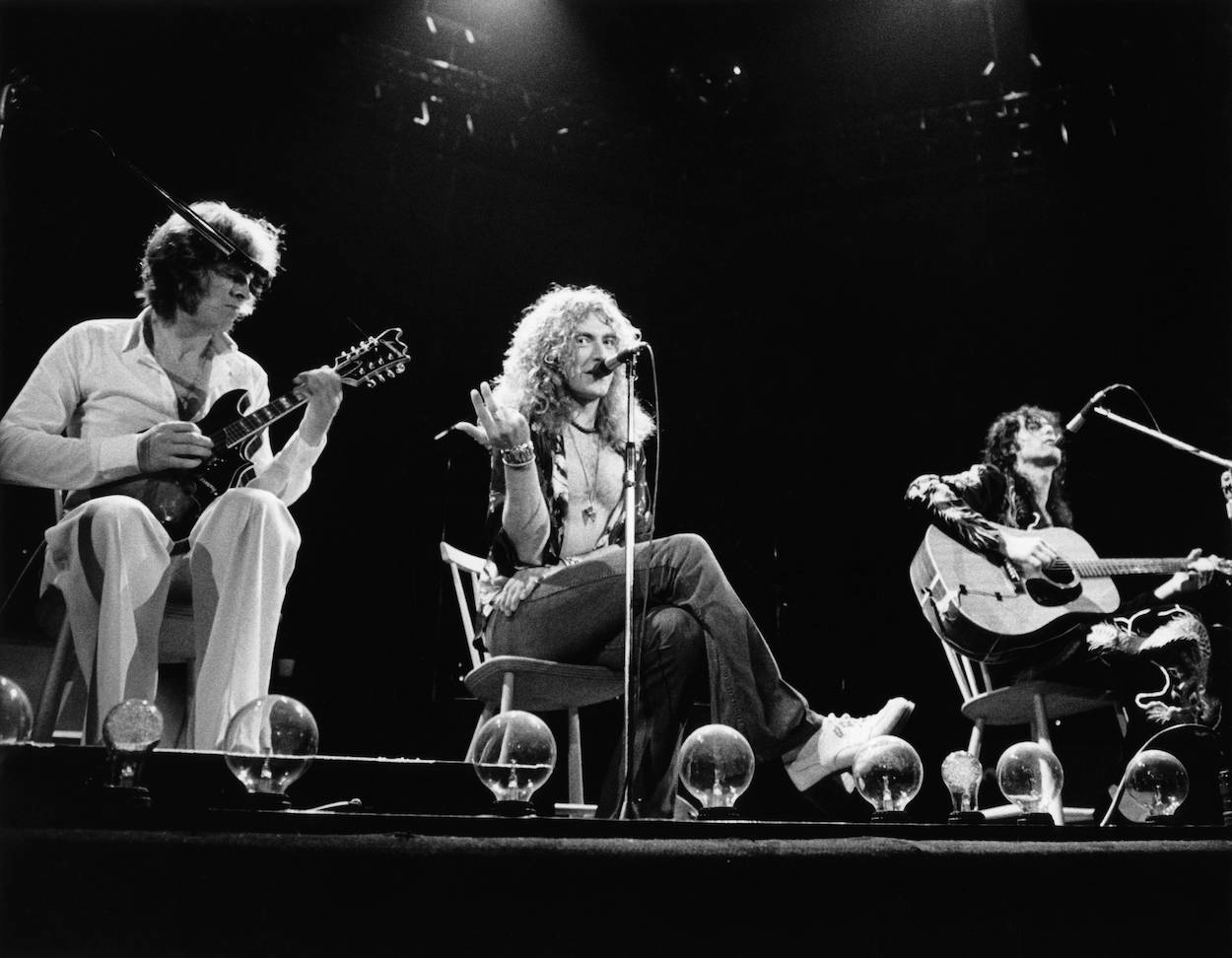
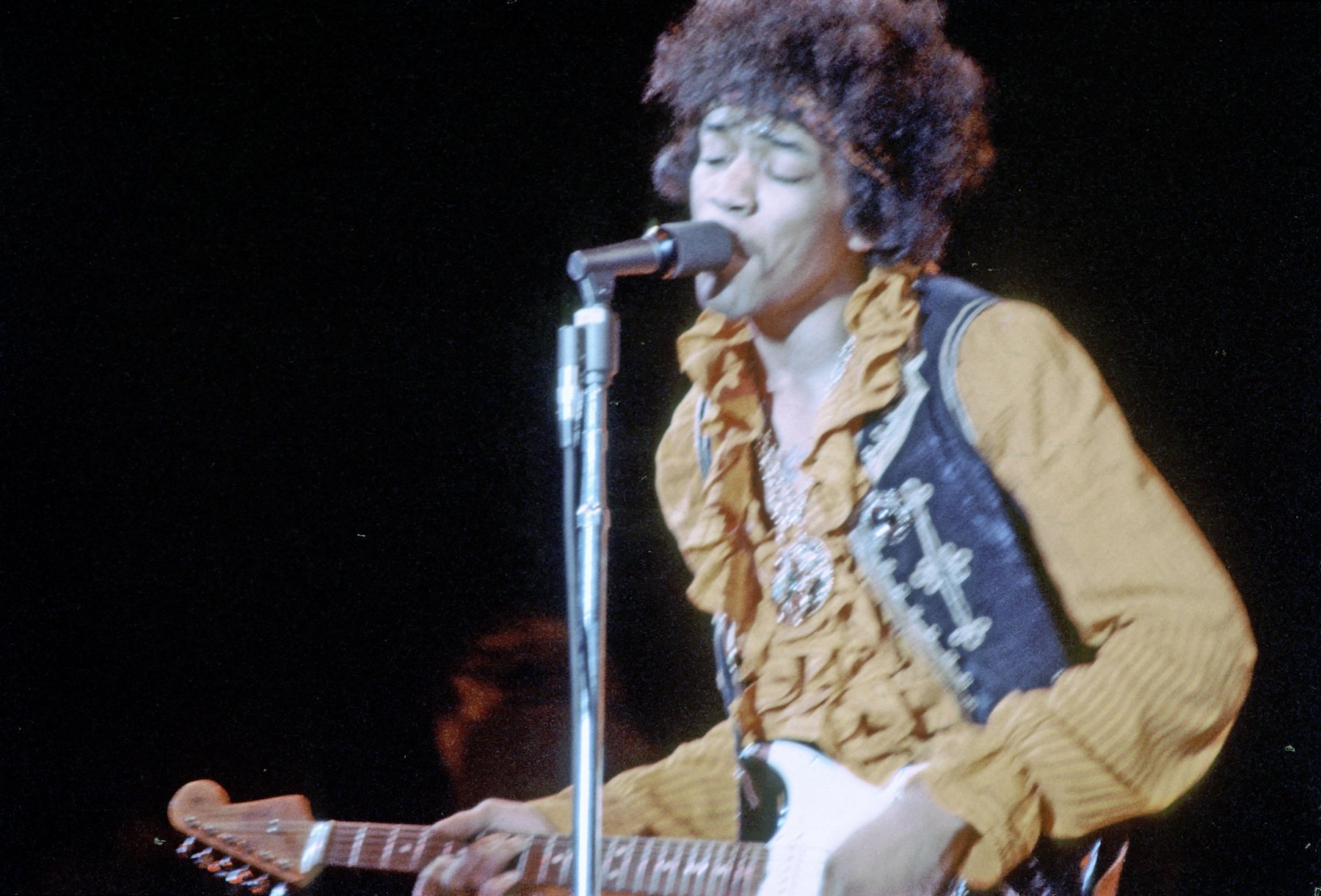
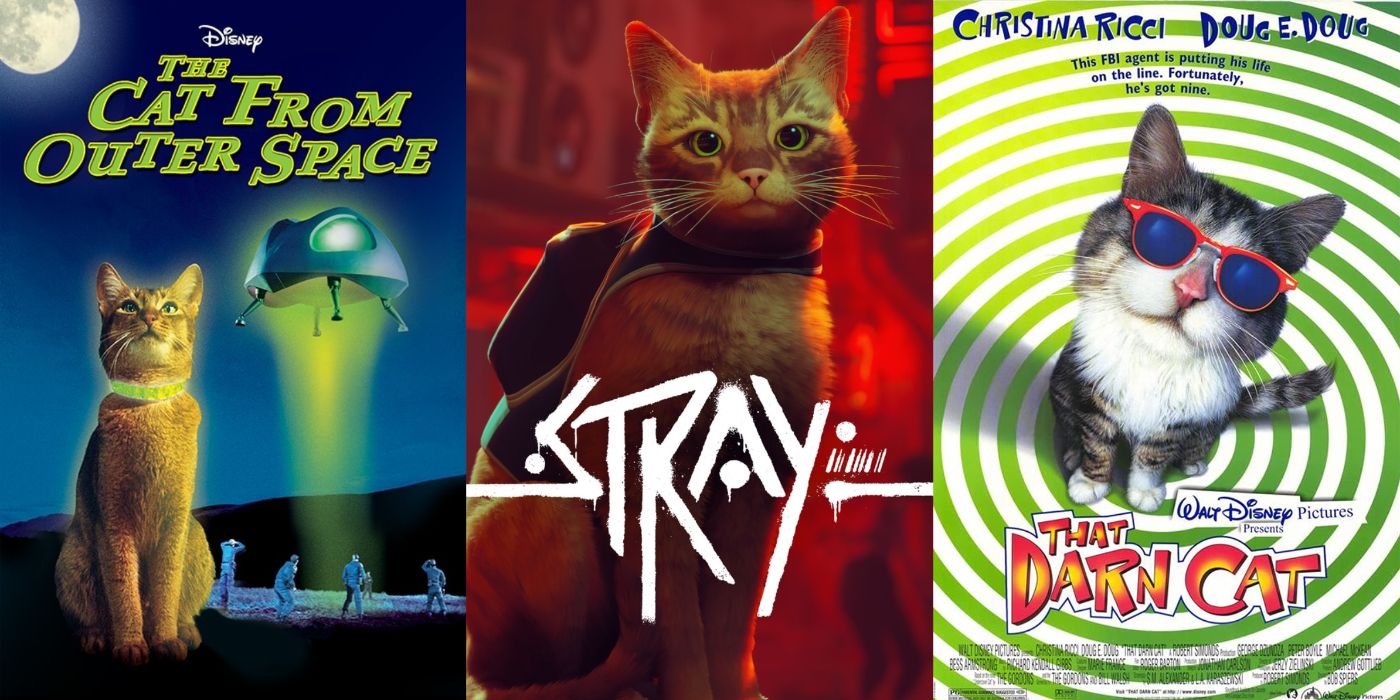


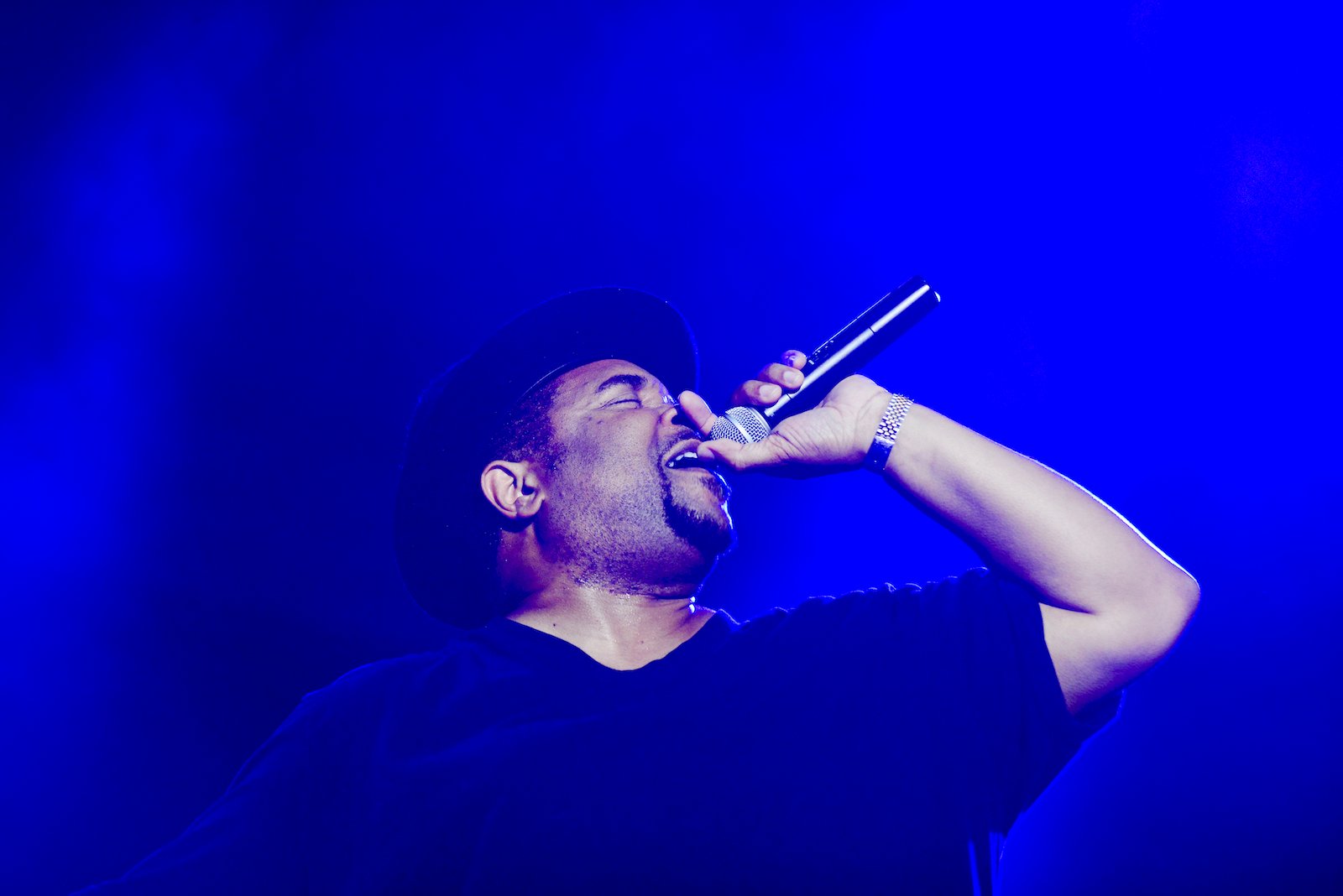
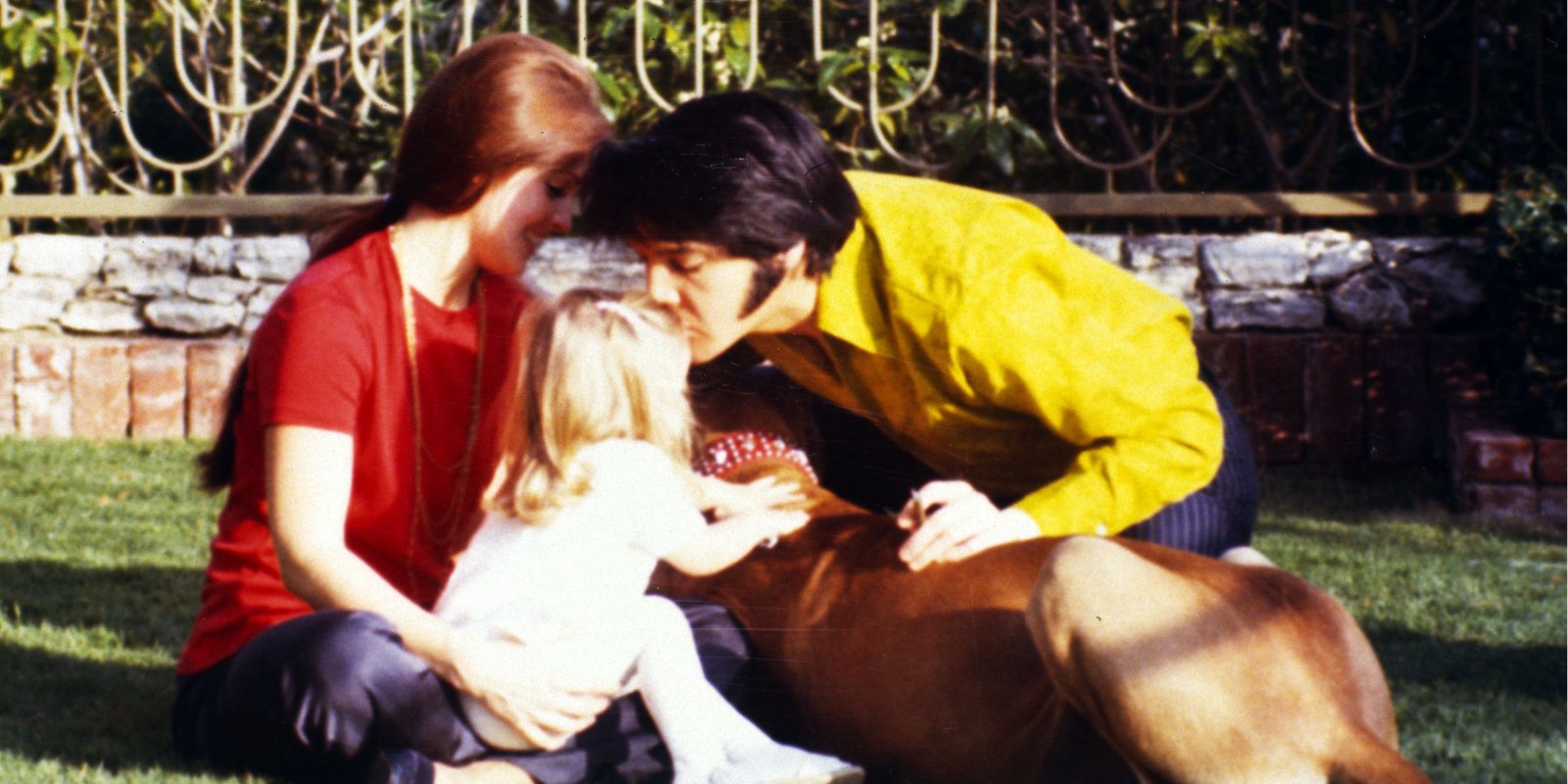
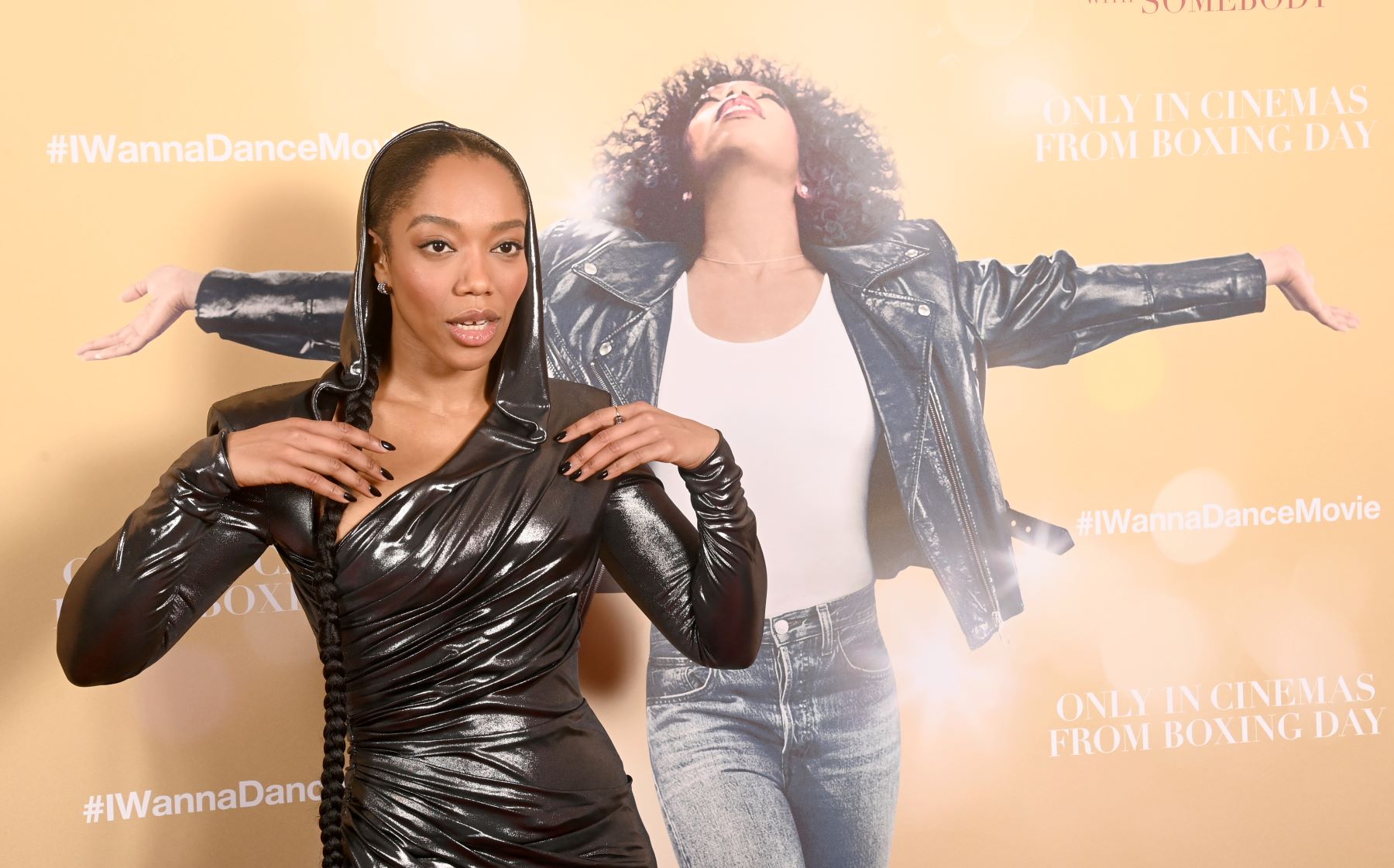

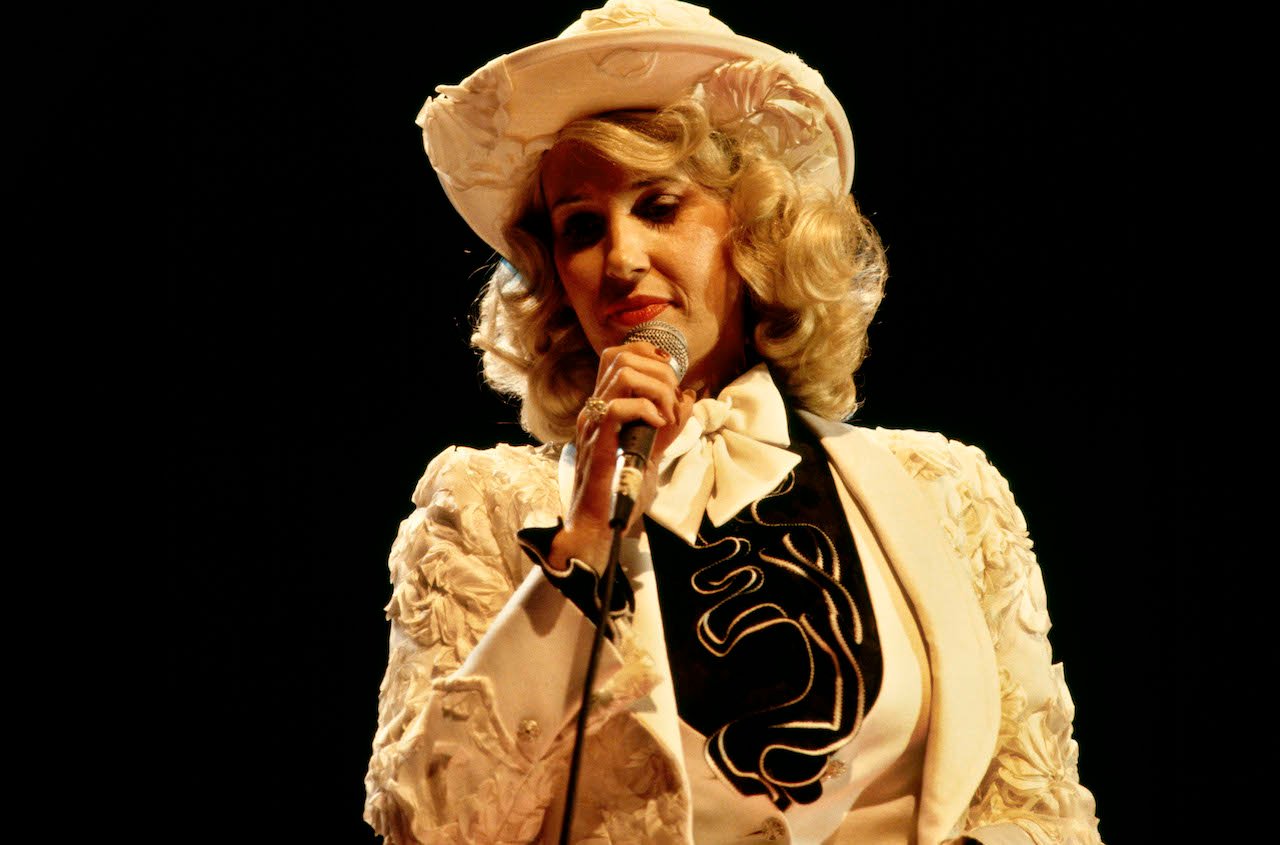
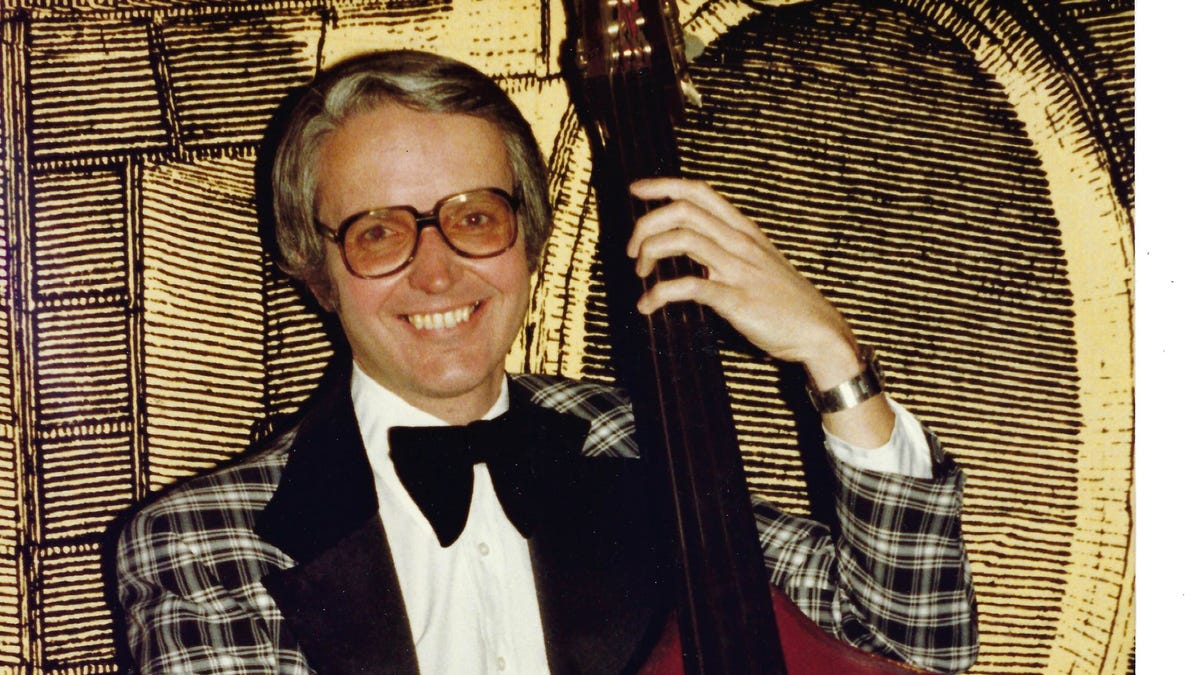

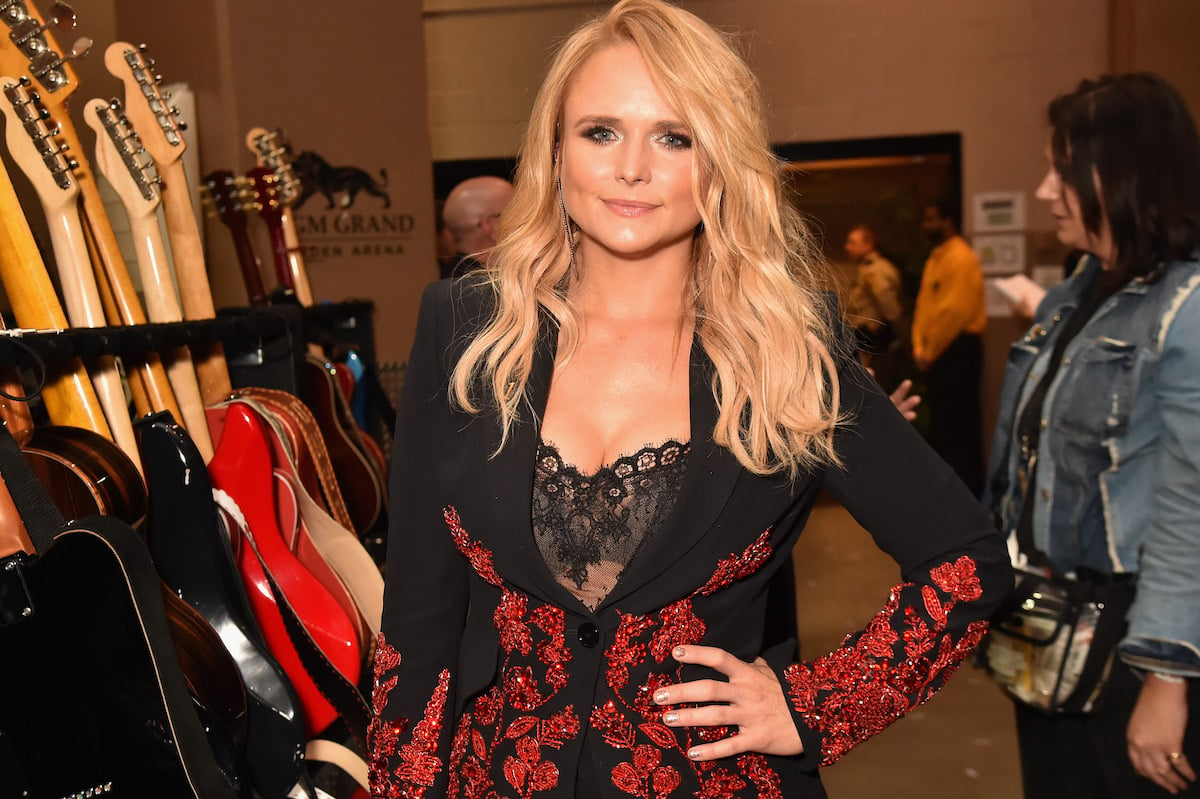
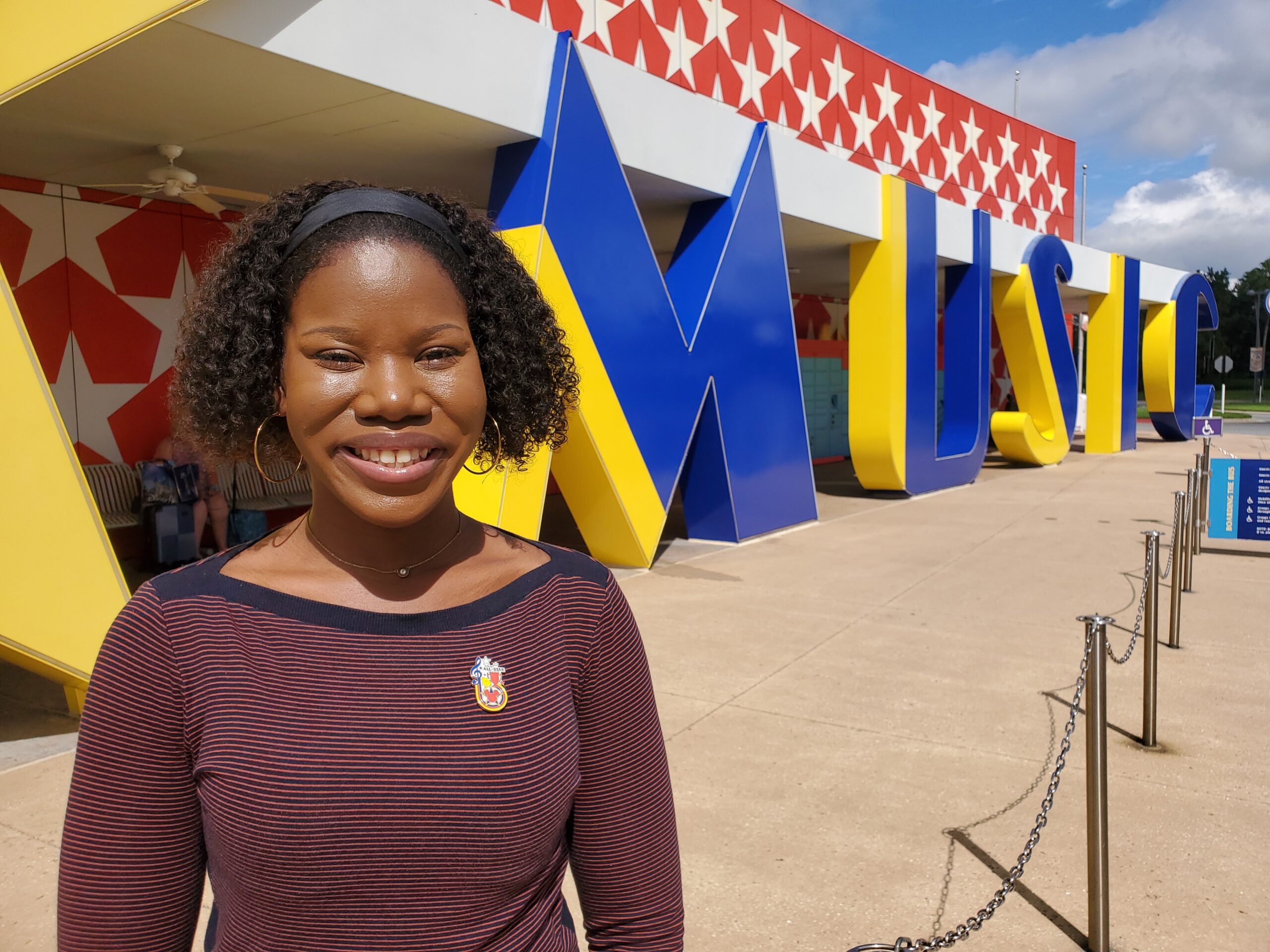
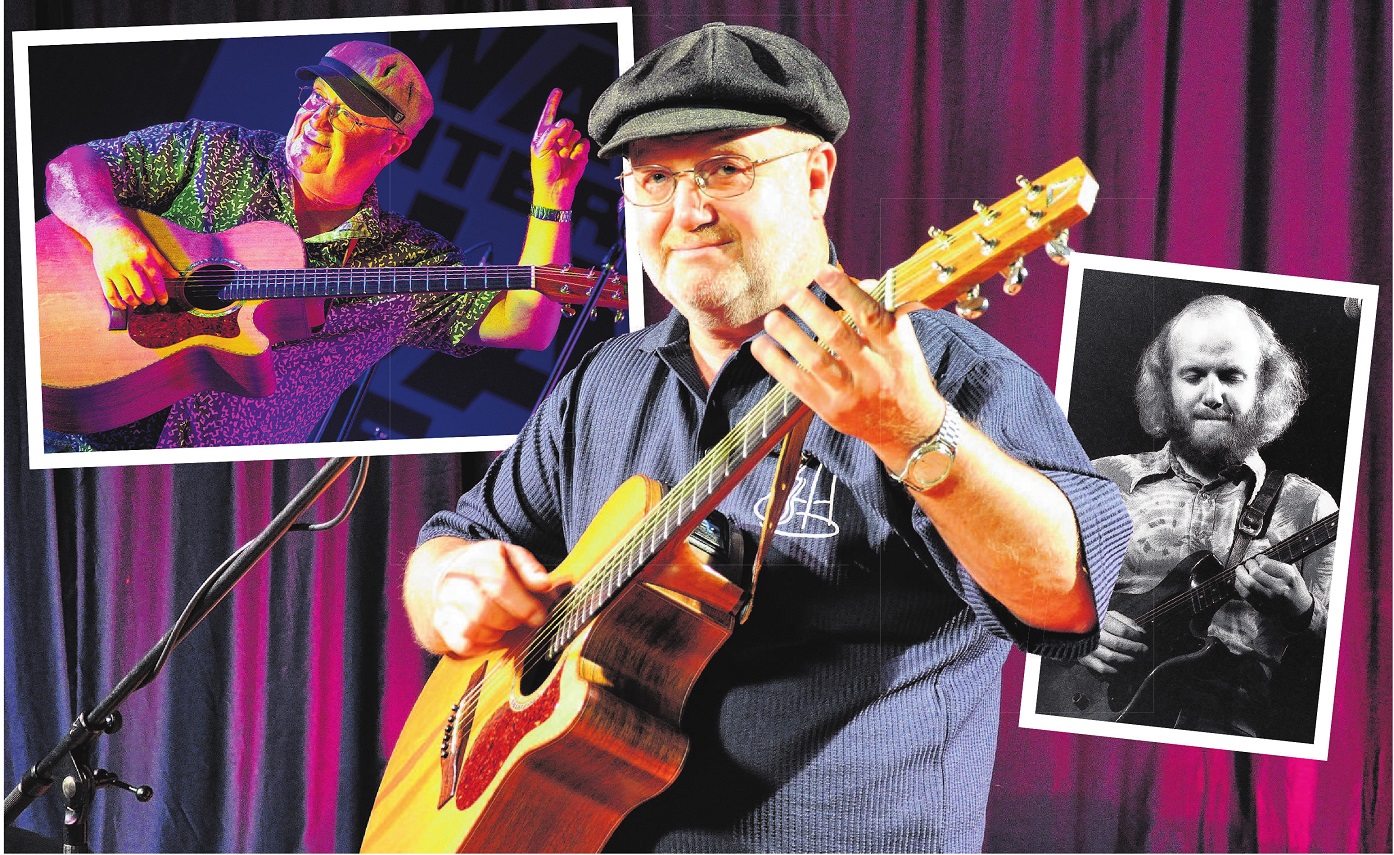

 English (US)
English (US)